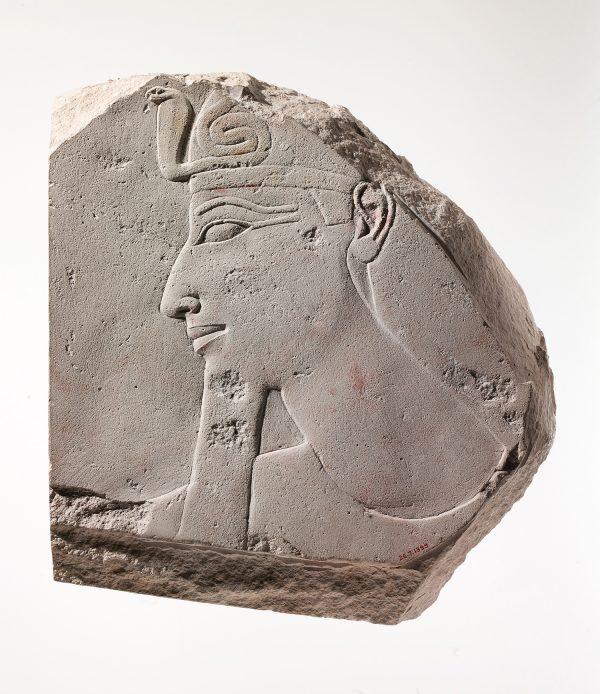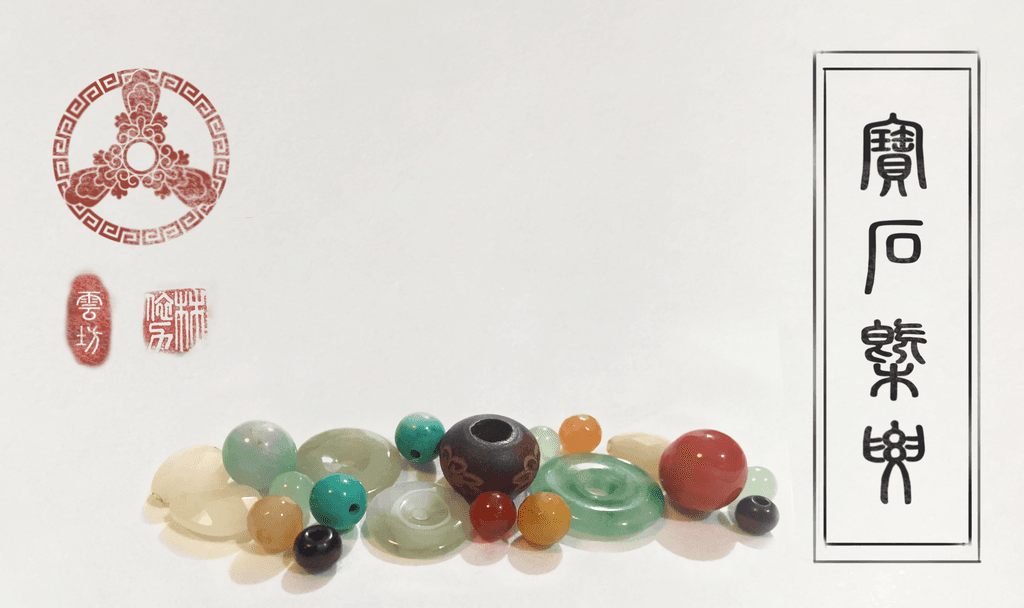NEW YORK—As you make your way down the little path round the back of the Met Museum, past the playground, and into Central Park, one naked winter tree after another moves across your line of sight, their spindly branches and peeling beige bark blending into each other. The voices of screeching blue jays and screaming children chorus with the singing wind and you start to get lost in thought.
Then, when you emerge onto the main road running north–south through the park, an otherworldly sight appears, barely registering on your consciousness at first. If you weren’t staring out distractedly from the Metropolitan Museum’s west-facing galleries or jogging along Central Park’s East Drive, you might not even pick it out from the trees.
It’s a sand-colored obelisk several stories high, streaked with decades of rain and soot. Ancient hieroglyphs carved into its surfaces are still clearly visible on two of the four sides. Four bronze crabs, pincers menacing, emerge from the corners of its base. There’s a big crack through one face, and the writing looks smeared away on another, as if someone took a big butter knife to it.
King Thutmose III ordered the creation of this obelisk in the year 1450 B.C. The inscriptions tout his accomplishments and invoke the spirits of the gods. Later, Ramses II, who had a tendency to acquire monuments of his powerful predecessors, added his own inscriptions on either side of Thutmose’s.







